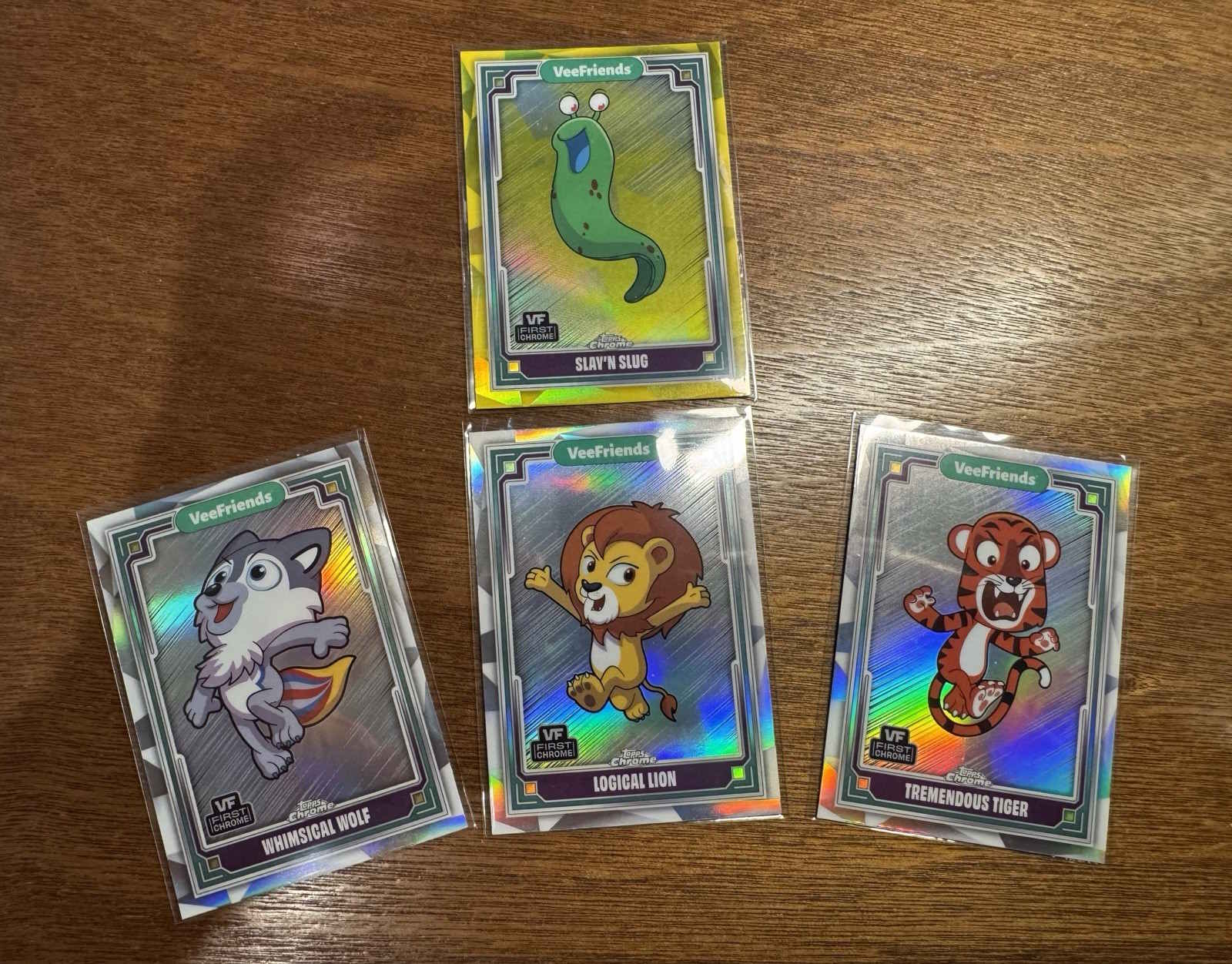

If you spend much time talking about sports cards, either in person or online, you’re bound to come across the expression “eye appeal”.
We previously explored eye appeal here on Cardlines.com in our article “Eye Appeal and Value: Finding That Eye-Candy.”
Eye appeal is worth continuing to explore. What is it? How important is it when it comes to vintage cards? And how should you use it when buying and selling vintage cards?
Go to eBay and check out how eye appeal can affect the value of vintage cards.
Eye Appeal is a pretty simple concept, really, if somewhat subjective. Given two copies of the same card, even in the same grade, one may “look” better. This can be because of the centering, the color, gloss, or many other factors. Sometimes, you can’t even put your finger on it…but one card is just “better looking.”
“Better looking” tends to mean “more appealing”, and “more appealing” tends to mean “more valuable.” This value can be financial and with high eye appeal cards, it is. But there’s also just something about a card with that hard-to-explain appeal. When you hold one, it’s known to give collectors a warm, fuzzy feeling.
eBay sellers even use “eye appeal” in their listing headings
So, eye appeal is important with any card, but when it comes to vintage cards, is it more or less key? The short answer is “more important”.
Why is eye appeal more important in vintage cards? It’s important because eye appeal ranges much more with vintage than with ultra-modern cards. The advanced production techniques and better quality control used today means that vintage cards were less likely to come out of the pack perfectly. Centering, for example, was far more inconsistent and severe in the past than it is now.
Add in the decades (sometimes several decades) of handling, storage, love, and abuse that vintage cards take, and you end up with a wide range of conditions and eye appeal that you just don’t get in ultra-modern.
Many times, I’ve seen a card from the 1950s in a “3” or a “4” holder that has a much higher eye appeal than the same card in a “6” holder. With ultra-modern, when was the last time you even saw one in a holder with “3”, “4”, or “6” on it?
Hopefully, not in your last submission to a TPG! On a vintage card, the color or gloss on a card may have degraded over time, making the card “pop” less visually. Even the placement of corner wear, creasing, or paper loss can greatly affect the eye appeal of a card and along with it, the value of the card.
A low-cost example from my personal collection can illustrate eye appeal. I recently bought a 1968 Topps card of former pitcher and Ball Four author Jim Bouton in PSA 5. That’s a lower grade than I’d usually buy a late 60s card in.
I bought it, however, because in addition to the low cost ($7 plus reasonable shipping), the “flaw” that made the card a “5” instead of a “7” or even an “8” was a somewhat soft bottom left corner. The “burlap” design of the 1968 Topps set obscures the damage to the point where you really need to look at the card closely to notice.
So, a good rule of thumb is…if someone hands you a mid-grade card and you need to look at it fairly closely to see the flaw, there’s a good chance you’re holding a card with high eye appeal. As you’re holding it, you’re likely to be smiling.

There are many examples of the price of a card being higher based on the eye appeal of the card. If you do a recent search of sales on eBay for a particular card, you’re likely to see some that sell for significantly more than others.
Let’s look at a few examples with one of my favorite vintage players, Ted Williams.
We’ll start with the 1956 Topps Ted Williams #5 in PSA 4.
The first card is far from perfect, with some softness on the corners. But the corners aren’t awful at first glance, the card has solid color and is generally clean.

The second card has corners that are soft, too…but more soft as in “has been chewed on by a hungry badger” than “on closer inspection, these aren’t great”.
It sold for only about 2/3 of the first card, despite being graded the same.

Compare 1956 Topps cards with a PSA 4 on eBay.
Next up is 1958 Topps Ted Williams #1, also a PSA 4.
The first version of the card has corners that aren’t perfect but not awful at first glance. Solid centering. Good color. Overall, a good-looking card.
I liked the look of this card. In fact, I liked it so much I bought it.

The second version of the card isn’t a bad card. The corners are soft…softer than the first version. The centering isn’t quite “MC,” but it’s worse than the first card.
Again in this example, the lesser card sold for only about 2/3 of the higher eye appeal card, despite being technically the same grade. As you can see, eye appeal can have a significant effect on value.

Compare 1958 Topps cards graded PSA 4 on eBay
So, how should you take eye appeal into consideration in your collecting? When you’re buying, look for cards with high eye appeal, and buy the best example you can afford. Sometimes, a card with good eye appeal can even be in a TPG holder with a lower grade than a card with lower eye appeal but higher “technical” grading merits.
When selling your cards, take a look at the eye appeal, and if you have a card that really pops, price it accordingly.
Conversely, if eye appeal isn’t your thing, leverage this to buy cards you want for less than a higher eye appeal version would otherwise cost. In some cases, you may be able to buy an otherwise unattainable card because it’s not aesthetically pleasing.
Eye appeal is an important consideration for card collecting and investing. Sometimes we get a little too caught up on an objective “grade,” be it old school ratings or a number from a TPG.
Whether they realize it or, most collectors prefer cards that look good. Whether you’re buying, selling, or just collecting, keep that in mind and use it to your advantage.
Is GameStop buying PSA? (the truth!)
I ripped an entire case of Phoenix Football (BIG win or MASSIVE loss?)
Make an extra 30% PROFIT on eBay with this sports card hack
What's your biggest trading card regret? This is a safe space. 🤣
I used ChatGPT to invest in sports cards (and make this thumbnail lol)
Easy hack for buying Tyrese Haliburton rookies at a DISCOUNT.
Did PSA Just Change Everything For Card Collectors?
Top Manchester United trading cards

BCW Thick Card Toploaders 197 Pt. 10 per pack
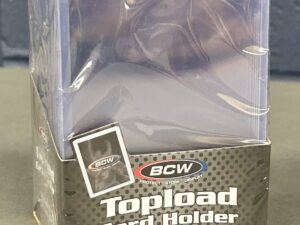
BCW Thick Card 59 Pt. Toploaders. 25 per pack

BCW 20 Pt. Toploaders. 25 per pack
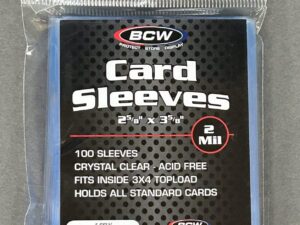
BCW Standard Card Sleeves. 100 per pack
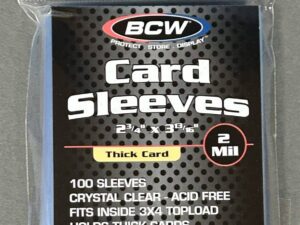
BCW Thick Card Sleeves. 100 per pack

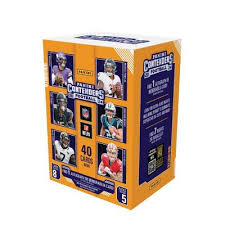
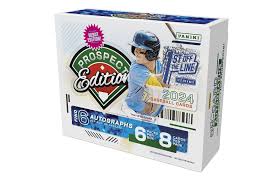
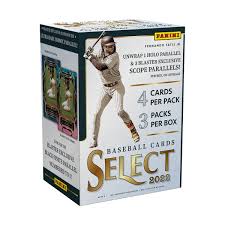
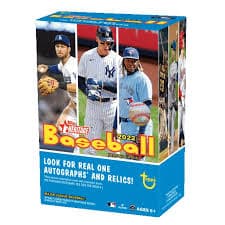
2022 Topps Heritage Baseball Blaster Box Configuration: 7 Packs per Box – 9 Cards per Box. Plus 1 extra pack.
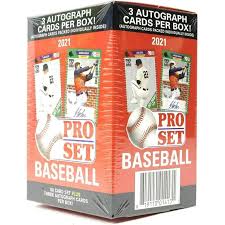
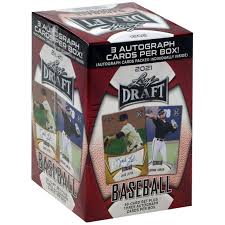
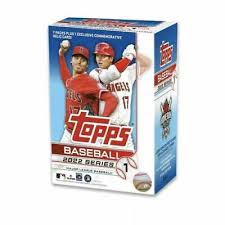
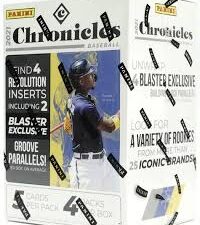
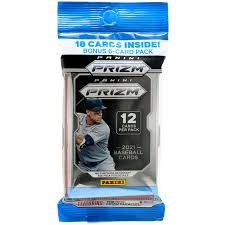
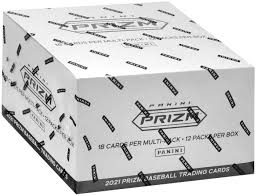

© Copyright 2025 - All rights reserved Cardlines.com / Media Techs LLC - Sports Card News, Reviews, Releases and BREAKS - #thehobby.
Important: When you click on links to various merchants on this site and make a purchase, this can result in this site earning a commission. Affiliate programs and affiliations include, but are not limited to, the eBay Partner Network.
I compared sports card prices from the big sellers to save YOU money
Cardlines June 16, 2025 5:00 pm